Please log in to purchase this product.
Basic Pediatric Dentistry Program ( 20 Credit Hours )
Please log in to view the price.
Basic Pediatric Dentistry Program ( 20 Credit Hours )
Mastering Pediatric Dentistry: A Comprehensive Guide to Behavioral Management, Drug Prescription, Local Anesthesia, and Restorative Techniques
Introduction: Pediatric dentistry is a challenging field that requires specialized knowledge and skills. Treating young patients can be a daunting task, especially when they are anxious or fearful. However, with the right training and techniques, dentists can effectively manage children’s behavior, provide painless treatment, and restore primary teeth with minimal discomfort.
In this article, we will review the Basic Pediatric Dentistry Program, a series of videos that cover essential topics in pediatric dentistry, including behavior management, drug prescription, local anesthesia, and restorative techniques. These videos are presented by leading experts in the field, including Dr. Marwa Zaghloul, Dr. Mostafa Nabil, Dr. Yehia AlSheltawy, and Dr. Sara Shafiek. By watching these videos, dentists can earn up to 20 credit hours and gain valuable insights into the latest techniques and best practices in pediatric dentistry.
Behavior Management: One of the most critical aspects of pediatric dentistry is managing children’s behavior during treatment. The Basic Pediatric Dentistry Program includes several videos that cover behavior guidance techniques for fearful and spoiled children, the effect of the dental environment on child behavior, and the role of parents in managing their children’s behavior. By watching these videos, dentists can learn how to create a positive and supportive environment for their young patients, communicate effectively with parents, and use behavior guidance techniques to reduce anxiety and fear.
Drug Prescription: Prescribing drugs to children requires special attention, as they have unique physiological and psychological characteristics. The Basic Pediatric Dentistry Program includes a video presented by Dr. Mostafa Nabil, which covers drug prescription in pediatric dentistry. The video covers topics such as bacterial resistance, drug dose calculation, and tips and tricks for drug calculation. Dentists can also learn about the most commonly used drugs in pediatric dentistry, their indications, and contraindications.
Local Anesthesia: Local anesthesia is an essential tool for providing painless dental treatment to children. The Basic Pediatric Dentistry Program includes a video presented by Dr. Yehia AlSheltawy that covers local anesthesia overview, steps for predictable and painless anesthesia, and the complications of local anesthesia. Dentists can learn how to apply local anesthesia safely and effectively, how to manage local complications, and how to avoid systemic complications.
Restorative Techniques: Restoring primary teeth requires specific skills and knowledge. The Basic Pediatric Dentistry Program includes a series of videos presented by Dr. Sara Shafiek that cover ideal cavity preparation for amalgam restoration, class II, III, IV, and V cavities in primary molars, restorative materials used in primary teeth, and recent trends in the treatment of advanced carious lesions in deciduous teeth. Dentists can also learn about silver diamine fluoride, a promising treatment for carious lesions in primary teeth.
Conclusion: Pediatric dentistry is a challenging but rewarding field that requires specialized knowledge and skills. By watching the Basic Pediatric Dentistry Program videos, dentists can earn up to 20 credit hours and gain valuable insights into behavior management, drug prescription, local anesthesia, and restorative techniques. With the right training and techniques, dentists can provide painless and effective dental treatment to their young patients, build lasting relationships with their parents, and contribute to the oral health and wellbeing of future generations.
Course Curriculum DOWNLOAD https://drive.google.com/file/d/1l4EtmfVy_lUW_PAe9y6OR0wfRMN5afPl/view
Only logged in customers who have purchased this product may leave a review.
Related Products
Dentistry Video
Dentistry Video
Dentistry Video
Dentistry Video
Dentistry Video
Prof. Mauro Fradeani Prosthetic rehabilitation for MIPP course
Dentistry Video
Dentistry Video
Dentistry Video
Dentistry Video
Crestal approach for Sinus Elevation – 20 years of Researches
Dentistry Video
Dentistry Video
Dentistry Video
Dentistry Video
Surgical and Non-Surgical Laser Applications in Periodontology
Dentistry Video
Dentistry Video
Dentistry Video
Dentistry Video
Seeking the Optimal Aesthetic Result in the Maxillary Anterior
Dentistry Video
Dentistry Video
Dentistry Video
Dentistry Video
Dentistry Video
Dentistry Video
Advances for Esthetic Dental Implants: Minimally invasive techniques with Biologics (rhPDGF-BB)
Dentistry Video
Dentistry Video
Dentistry Video
Dentistry Video
Dentistry Video
Dentistry Video
Dentistry Video
Dentistry Video
Dentistry Video
Dentistry Video
Dentistry Video
Dentistry Video
Dentistry Video
Dentistry Video
Dentistry Video
Dentistry Video
Dentistry Video
Dentistry Video
Dentistry Video
Dentistry Video
Dentistry Video
Dentistry Video
Dentistry Video
Dentistry Video
Dentistry Video
Dentistry Video
Dentistry Video
California Society of Pediatric Dentistry Annual Meeting 2024
Dentistry Video
Dentistry Video
Dentistry Video
Dentistry Video
Dentistry Video
Dentistry Video
Dentistry Video
Dentistry Video
Dentistry Video
Dentistry Video
Dentistry Video
Dentistry Video
Dentistry Video
Dentistry Video
Dentistry Video
Dentistry Video
SurgicalMaster™ Monthly Coaching Show – Episode 31 – August 2023
Dental Video
Dentistry Video
Dentistry Video
Dentistry Video
Dentistry Video
Dentistry Video
Dentistry Video
Dentistry Video
Dentistry Video
Dentistry Video
Dentistry Video
Dentistry Video
Dentistry Video
Dentistry Video










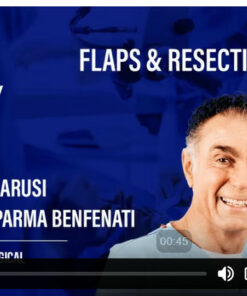

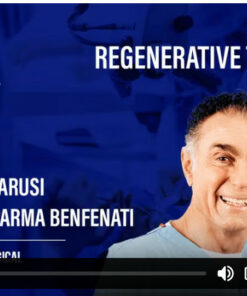


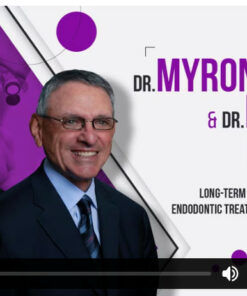

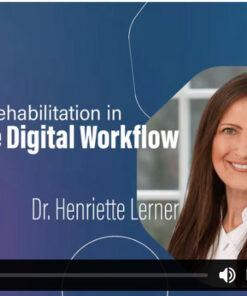


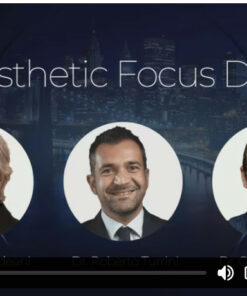



























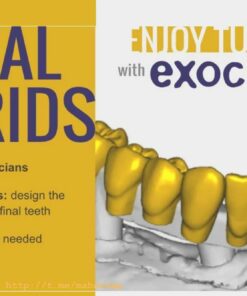









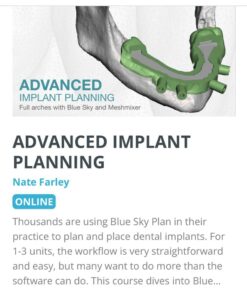

























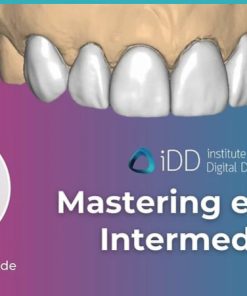





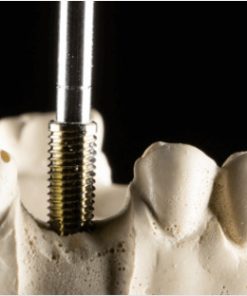




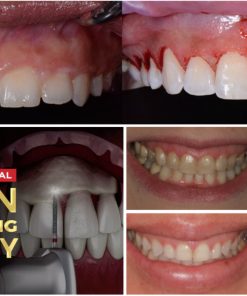
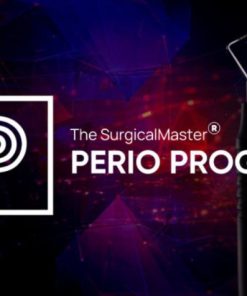







Reviews
There are no reviews yet.